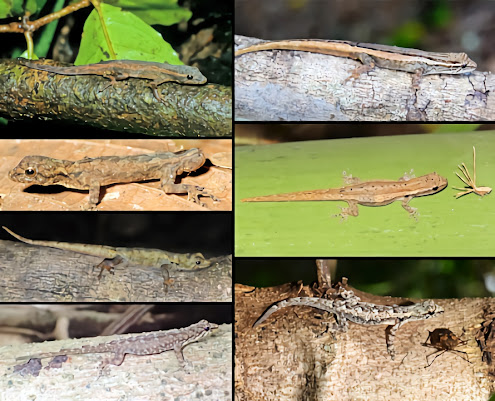Looking back, Hugo, now 10, said, “I thought they were seeds, and I felt excited because I didn’t know ants collected seeds. I always thought ants would eat food scraps and stuff around the house. Then I got more excited when [my dad] told me they were galls, because [my dad] was so excited. I was surprised that ants would collect galls because why would they do that?”
According to Andrew Deans, who is also the director of Penn State’s Frost Entomological Museum, many plant-insect interactions are well documented. For example, most "cynipid" wasp species have long been known to induce oak trees to produce protective galls — or growths — around their larvae to ensure the safety of their developing offspring. Additionally, certain plants — including bloodroot (Sanguinaria canadensis), a wildflower native to North America — produce edible appendages, called elaiosomes, on their seeds to attract ants, which then disperse the seeds by carrying them back to their nests. This latter example is referred to as "myrmecochory" — or seed dispersal by ants.















.jpg)
